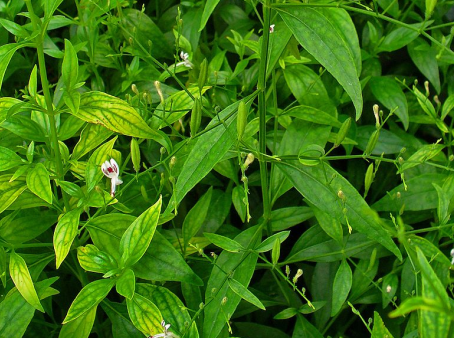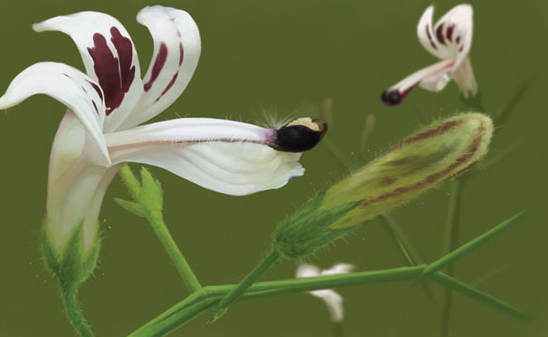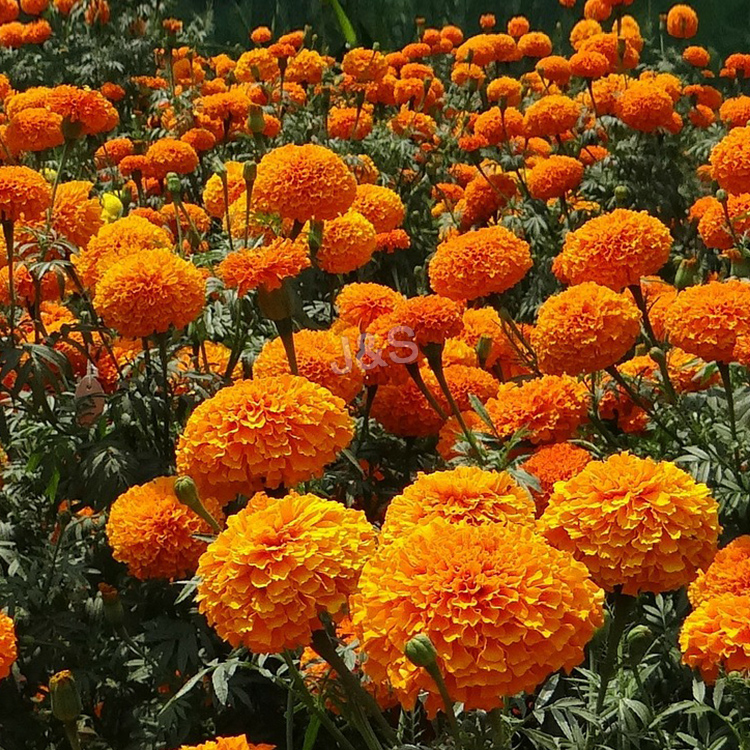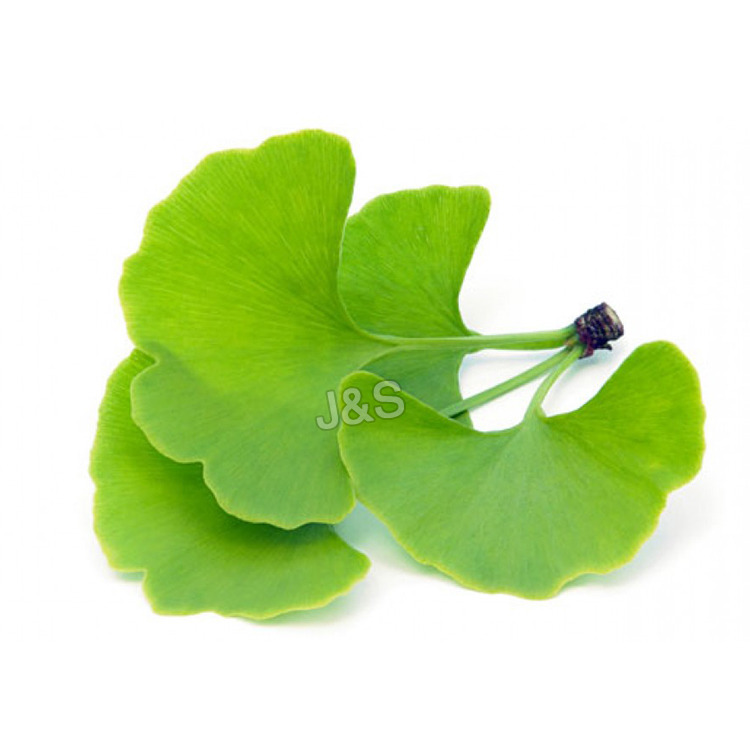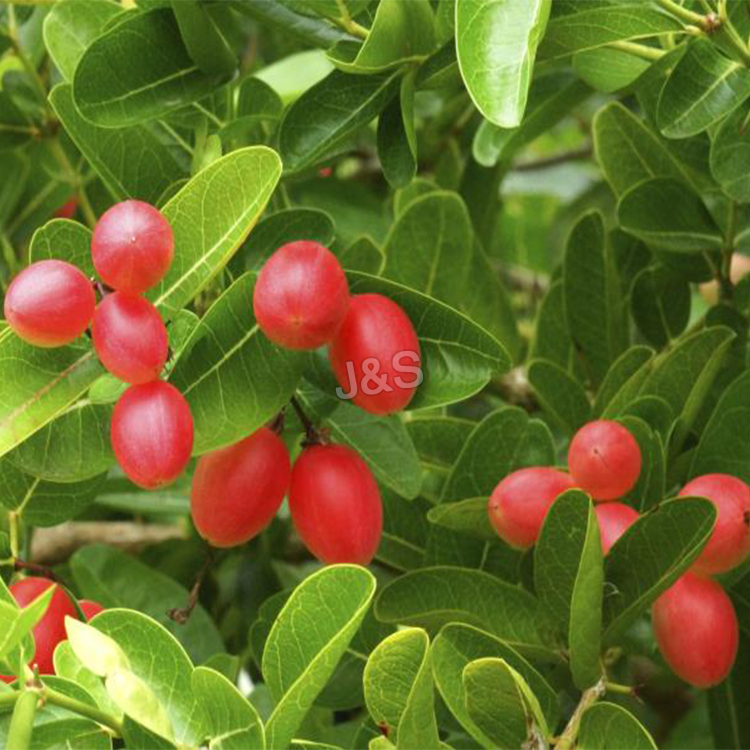Rapid Delivery for Andrographis Extract Factory from Senegal
Rapid Delivery for Andrographis Extract Factory from Senegal Detail:
[Latin Name] Andrographis paniculata(Burm.f.)Nees
[Plant Source] Whole herb
[Specification] Andrographolides 10%-98% HPLC
[Appearance] White powder
Plant Part Used: Herb
[Particle size] 80Mesh
[Loss on drying] ≤5.0%
[Heavy Metal] ≤10PPM
[Storage] Store in cool & dry area, keep away from the direct light and heat.
[Shelf life] 24 Months
[Package] Packed in paper-drums and two plastic-bags inside.
[Net weight] 25kgs/drum
[What is Andrographis?]
Andrographis paniculata is a bitter tasting annual plant, referred to as the “King of Bitters.” It has white-purple flowers and it is native to Asia and India where it has been valued for centuries for its numerous medicinal benefits. Over the past decade, andrographis has become popular in America where it is often used alone and in combination with other herbs for a variety of health purposes.
[How does it work?]
According to Memorial Sloan-Kettering Cancer Center, the active ingredient in andrographis is andrographolides. Due to the andrographolides, andrographis has potent anti-inflammatory and antimalarial properties. It also has antimicrobial properties, meaning it can help to fight off and prevent infections from harmful microorganisms such as viruses, bacteria and fungi. In addition, andrographis is a powerful antioxidant and it can help to prevent free radical induced damage to your cells and DNA
[Function]
Cold and Flu
Scientists have discovered that andrographis helps to boost the immune system by stimulating the body’s production of antibodies and macrophages, which are large white blood cells that scavenge harmful microorganisms. It is taken for both the prevention and treatment of the common cold, and it is often referred to as Indian echinacea. It might help lessen the severity of cold symptoms such as sleeplessness, fever, nasal drainage and sore throat.
Cancer, Viral Infections and Heart Health
Andrographis may also help to prevent and treat cancer, and preliminary studies done in test tubes found that extracts of andrographis help to treat stomach, skin, prostate and breast cancer. Due to the herb’s antiviral properties, andrographis is used to treat herpes and it is also currently being studied as a treatment for Aids and HIV as well. Andrographis also promotes heart health and can help to prevent the formation of blood clots as well as to dissolve already formed blood clots. In addition, the herb relaxes smooth muscles in the walls of blood vessels and thereby helps to reduce high blood pressure.
Additional Benefits
Andrographis is used to promote gallbladder and digestive health. It also helps to support and strengthen the liver and it is used in combination with other herbs in several Ayurvedic formulations to treat liver disorders. Finally, andrographis extracts taken orally have been found to help neutralize the poisonous effects of snake venom.
Dosage and Precautions
The therapeutic dose of andrographis is 400 mg, twice daily, for up to 10 days. Although andrographis is considered safe in humans, the NYU Langone Medical Center warns that animal studies suggest that it may impair fertility. Andrographis may cause unwanted side effects such as headaches, fatigue, allergic reactions, nausea, diarrhea, altered taste and pain in the lymph nodes. It may also interact with certain medications and as with any supplement you should consult your health care practitioner before taking the herb.
Product detail pictures:
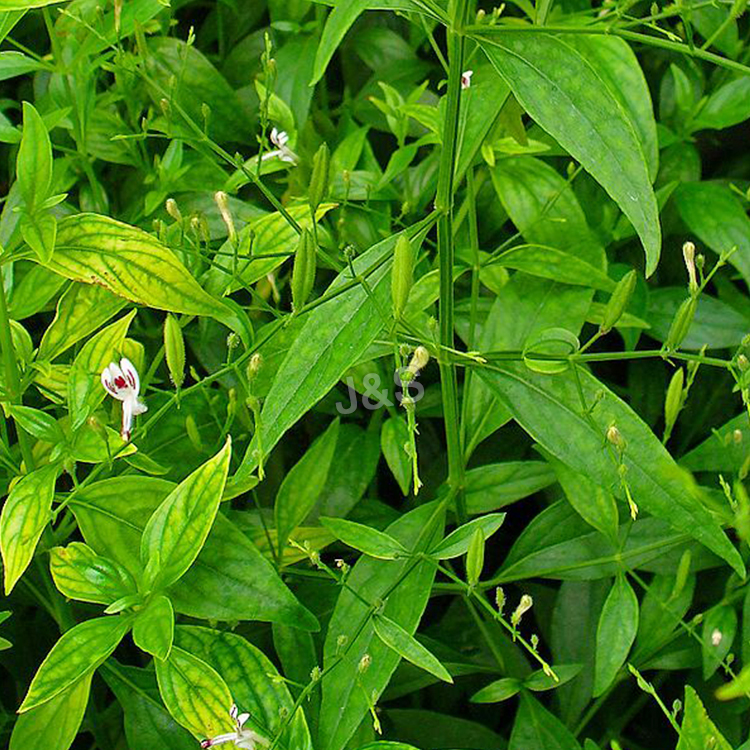
Related Product Guide:
Rapid Delivery for Andrographis Extract Factory from Senegal , The product will supply to all over the world, such as: , , ,
My experience with degenerative disc disease, and what is WORKING for me in dealing with the pain! Order yours at www.shoplikeaboss.com, and be sure to contact me for proper dosage instructions.
QAAFI SCIENCE SEMINAR SERIES
28 March 2017
DESCRIPTION
The structure and material properties of growing and fleshy plant tissues are determined by their (primary) cell walls. The biological requirement in growing tissues for cell walls to combine structural strength with flexibility and extensibility is met through a network of cellulose fibres in a hydrogel form that is modified by the presence of other polysaccharides. From direct measurement on isolated plant cell walls and using a model bacterial cellulose hydrogel system, the molecular rules governing the association of non-cellulosic polysaccharides with cellulose fibres have been deduced. The effects of various features of cell wall hydrogels on the characteristic material properties under small deformation, compression and extension have been characterized and rationalized. Consequences for plant material properties and plant food behavior in the digestive tract will be discussed.
About Prof. Mike Gidley
Professor Mike Gidley is Director of the Centre for Nutrition and Food Sciences (CNAFS) in QAAFI. Prof. Gidley’s career includes 22 years in food R&D in the private sector and the last 13 years at UQ in the Centre for Nutrition and Food Sciences.
Research themes within CNAFS include ‘Smart Selections’ (how to identify the right combinations of raw materials and processing to deliver consumer-preferred foods), ‘Naturally Nutritious’ (maximising the intrinsic nutritional properties of agricultural products in foods and ingredients) and ‘Uniquely Australian’ (identifying and validating opportunities for elite products from foods and ingredients that can only have come from Australia).
Prof. Gidley’s own research is focused on structure – function relationships in important food components such as starch granules and plant cell walls. This has led to the detailed characterisation of starch and dietary fibre digestion/fermentation in vitro and in vivo, with the understanding generated leading to opportunities for optimising nutritional value of foods and feeds. He is a Program Leader in the Australian Research Council Centre of Excellence in Plant Cell Walls (2011-2017)
SUBSCRIBE:
https://www.vision6.com.au/em/forms/subscribe.php?db=398137&s=117697&a=45549&k=387aedc
WEB: https://qaafi.uq.edu.au/
 By from -
By from -
 By from -
By from -


